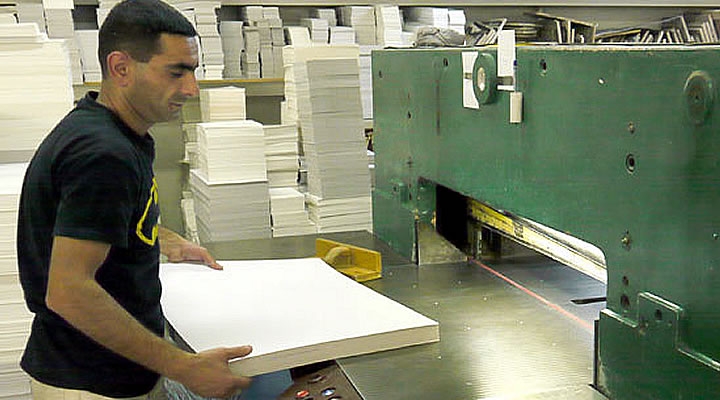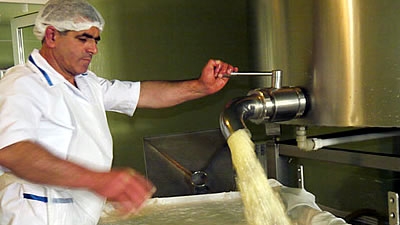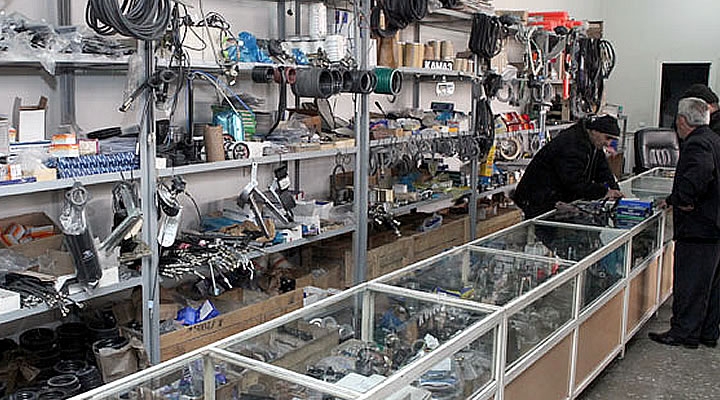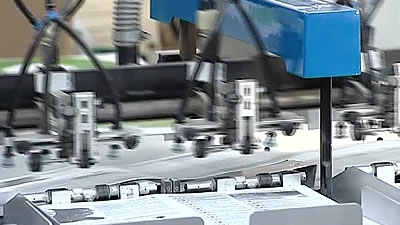
Small and medium enterprises (SMEs) like Samark are key producers, employers and taxpayers in Armenia's economy. They do business where big businesses often can't or won't. SMEs provide 43% of the country's gross domestic product 42% of jobs, and 60% of social payments to the state budget. Their sustainability is critical for the health of Armenia's economy.
But the economic downturn exposed these businesses' financial vulnerabilities. Many found themselves in serious need of cash to sustain production or to expand. Money was in short supply and commercial banks became much more cautious. To help close the financing gap and keep businesses afloat and able to expand, the Armenian government launched the Access to Finance for Small and Medium Enterprises (AFSME) project in 2009 with US$50 million in World Bank support.
Under the project, loans ranged from short to long term, and from US$2,500 to 300,000. Interest and repayment terms were better than what banks were otherwise able to offer. From 2009 to 2012, more than 7,500 SMEs took out credit lines from 15 commercial banks and credit organizations.
Loans allowed companies like Samark to survive. They allowed others like the fish farm Arkadi Grigoryan started in 2009 to expand in the midst of the crisis. Grigoryan, who employs seven people in the Armavir region, boosted daily production from 300 kg to over a ton.








